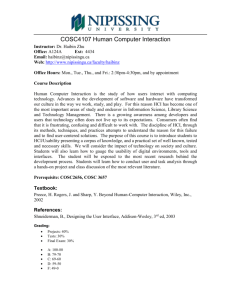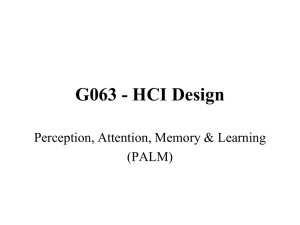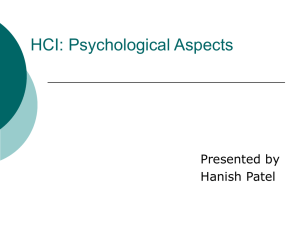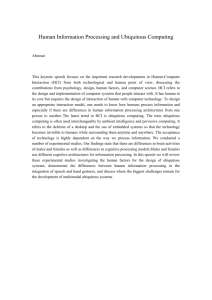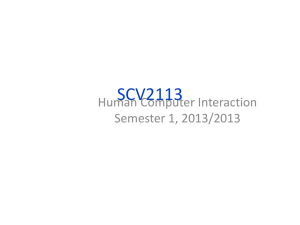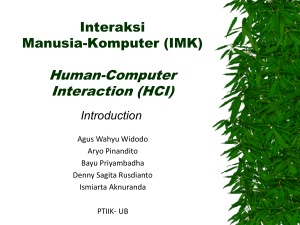Read More - Gridstore
advertisement
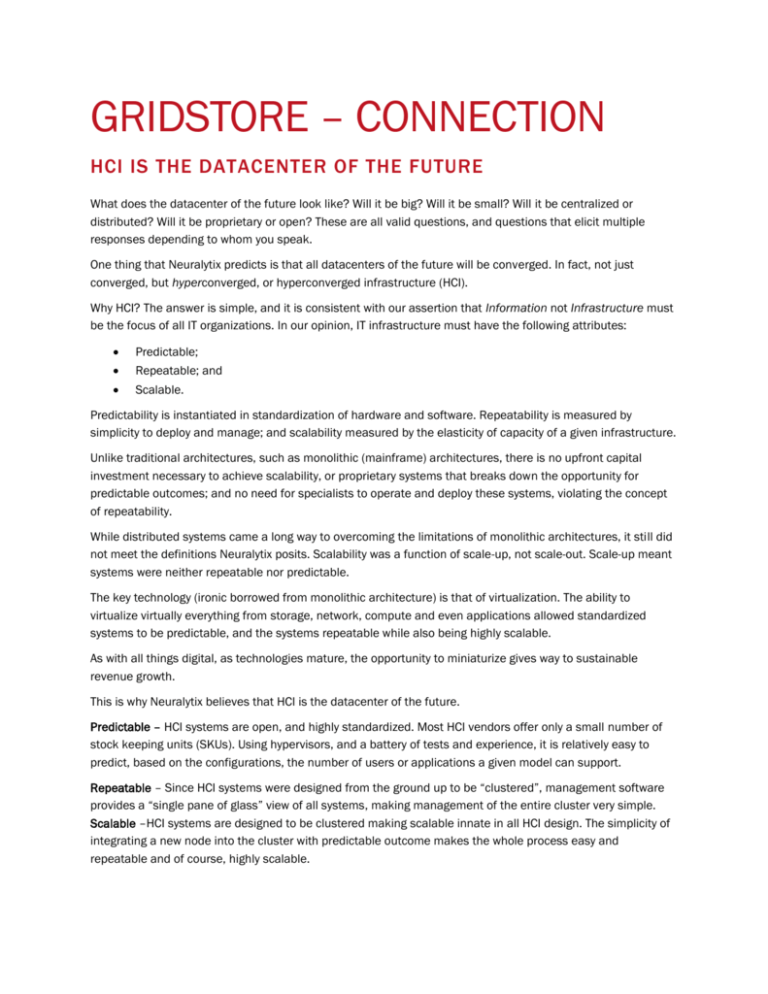
GRIDSTORE – CONNECTION HCI IS THE DATACENTER OF THE FUTURE What does the datacenter of the future look like? Will it be big? Will it be small? Will it be centralized or distributed? Will it be proprietary or open? These are all valid questions, and questions that elicit multiple responses depending to whom you speak. One thing that Neuralytix predicts is that all datacenters of the future will be converged. In fact, not just converged, but hyperconverged, or hyperconverged infrastructure (HCI). Why HCI? The answer is simple, and it is consistent with our assertion that Information not Infrastructure must be the focus of all IT organizations. In our opinion, IT infrastructure must have the following attributes: Predictable; Repeatable; and Scalable. Predictability is instantiated in standardization of hardware and software. Repeatability is measured by simplicity to deploy and manage; and scalability measured by the elasticity of capacity of a given infrastructure. Unlike traditional architectures, such as monolithic (mainframe) architectures, there is no upfront capital investment necessary to achieve scalability, or proprietary systems that breaks down the opportunity for predictable outcomes; and no need for specialists to operate and deploy these systems, violating the concept of repeatability. While distributed systems came a long way to overcoming the limitations of monolithic architectures, it still did not meet the definitions Neuralytix posits. Scalability was a function of scale-up, not scale-out. Scale-up meant systems were neither repeatable nor predictable. The key technology (ironic borrowed from monolithic architecture) is that of virtualization. The ability to virtualize virtually everything from storage, network, compute and even applications allowed standardized systems to be predictable, and the systems repeatable while also being highly scalable. As with all things digital, as technologies mature, the opportunity to miniaturize gives way to sustainable revenue growth. This is why Neuralytix believes that HCI is the datacenter of the future. Predictable – HCI systems are open, and highly standardized. Most HCI vendors offer only a small number of stock keeping units (SKUs). Using hypervisors, and a battery of tests and experience, it is relatively easy to predict, based on the configurations, the number of users or applications a given model can support. Repeatable – Since HCI systems were designed from the ground up to be “clustered”, management software provides a “single pane of glass” view of all systems, making management of the entire cluster very simple. Scalable –HCI systems are designed to be clustered making scalable innate in all HCI design. The simplicity of integrating a new node into the cluster with predictable outcome makes the whole process easy and repeatable and of course, highly scalable. HCI vendors have demonstrated both the viability and the cost effectiveness of HCI solutions. HCI solutions can result in increased performance, lower cost, and lower TCO. HCI solutions are based on standard hardware. Vendors such as Gridstore have integrated all-flash into their solutions to deliver significant performance enhancements, while the simplicity of hyperconverged means less management time and overhead translating into lower TCO. Interact for Health, an independent non-profit catalyst for health and wellness deployed Gridstore recently. Interact for Health reported that the Quality of Service at the VM-level enabled them to guarantee performance on a per application basis. Interact for Health measured its investment in Gridstore, and compared it to the investment it made over the last five years, and concluded the performance improvements also resulted in considerable cost savings to the nonprofit.


